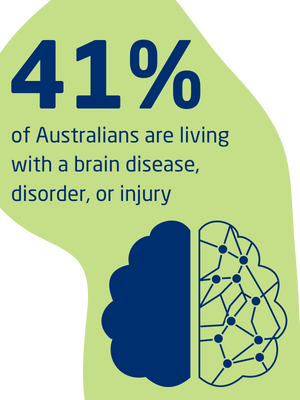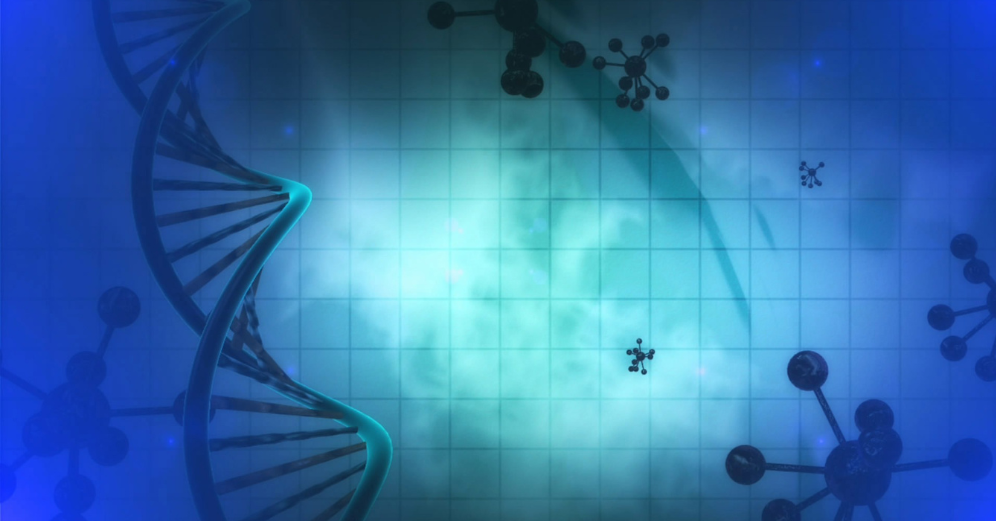These seven common conditions account for 59% of Australians living with a neurological disease. And as you can see, the prevalence drops significantly between each disorder. Migraine affects about 20% of the population, while multiple sclerosis affects 0.1%.
According to the Department of Health, a disease is considered to be ‘rare’ if it affects less than 0.05% of the population (5 in 10,000 people). However, the question of disease rarity has been debated in the scientific community. One study broke the categorisation down into three categories (2):
- Borderline-common (6-9 in 10,000 people or 0.06-09%)
- Rare (<5 in 10,000 people or 0.05%)
- Ultra-rare (<1 in a million people or 0.0001%)
Based on these categories, any disease less common than multiple sclerosis can be considered somewhat rare. This means that there are hundreds of rare brain disorders affecting over 4 million Australians.
Research challenges
Rare disease research involves a number of unique challenges.
| Type of research | Challenges |
| Basic research (improving our understanding of a disease) | Less funding and fewer researchers
80% of rare diseases are genetic and are quite complex (3) |
| Clinical research (studies that investigate the effect of drugs, treatments, or management strategies) | Difficult to recruit enough trial participants
Lack of basic research - treatments can’t be developed until we understand the disease
Randomised controlled trials (trial design with the highest clinical evidence rating) can be unappealing - patients don’t want to receive placebo, and researchers feel ethically bound to provide the best available treatment (4).
Study design must ensure patient privacy (important for all research, but harder for rare diseases) |
| Epidemiological research (the study of how often diseases occur in different groups of people and why) | Smaller patient population = harder to identify patients
Misdiagnosis & delayed diagnosis is common
Epidemiological data is more reliable with large sample sizes, which aren’t available for rare disorders |
Thankfully, there have been technological, financial, and social changes in the past few decades that have made research into rare brain disorders slightly easier (4).
Gene sequencing technology has significantly advanced diagnoses, which has helped identify potential treatment pathways. Orphan drug programs have allowed pharmaceutical companies to invest in developing treatments for rare diseases, without having to charge patients thousands of dollars for the drug.
The internet has also helped both patients and researchers. Patients are now able to connect with each other online to find support. Advocacy organisations can also publicise research opportunities and clinical trials to help researchers recruit study participants.
There is still a long way to go until we can completely overcome these challenges, but it’s a step in the right direction.
What are we doing about rare brain disorders?
At the end of the day, the prevalence of a disorder is not what’s important. As one researcher writes, “for patients with a rare disorder, the disease is no longer rare – it is a constant part of their lives and the life of their families” (4).
Whether a disease affects 100 people or a million people, we believe patients should have access to accurate diagnoses and effective treatments. This is why the Brain Foundation accepts research grant applications for any neurological disease, disorder, or injury. We want to provide much-needed opportunities for any projects that might not have access to widespread funding sources.
We also hope we can provide support to people who are living with rare brain disorders. Here are some resources that you might find helpful (along with the researcher essays below):




 The Brain Foundation is the largest, independent funder of brain and spinal injury research in Australia. We believe research is the pathway to recovery.
The Brain Foundation is the largest, independent funder of brain and spinal injury research in Australia. We believe research is the pathway to recovery.